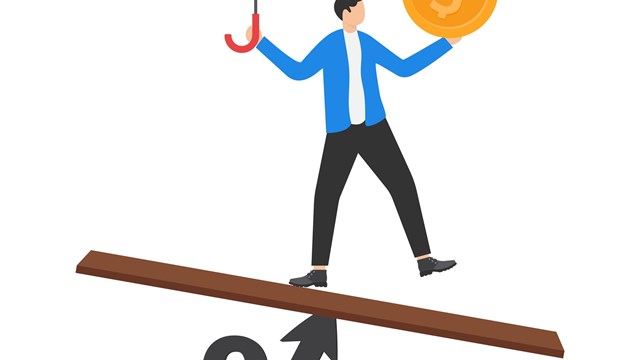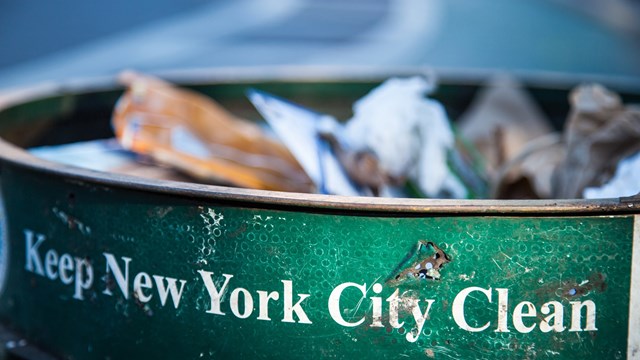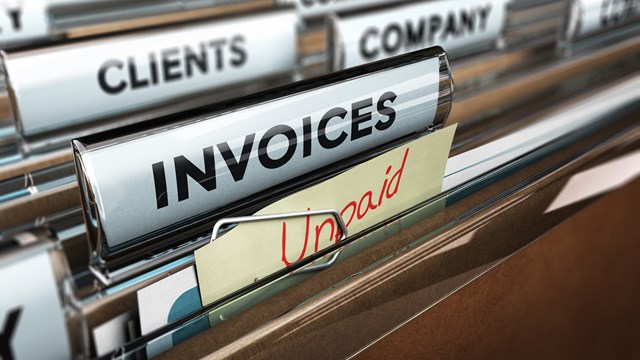
The economic crisis has affected many individuals, businesses and markets—the real estate and job markets, to name just two particularly nasty examples. Until now, one of the few industries that didn’t seem as deeply impacted was the insurance industry, but that is soon to change, according to certain experts in the field, who say that indicators show that insurance premiums are most likely set to rise over the next year.
Soft Market vs. Hard
To understand why this is likely, you have to understand what the insurance industry calls its “soft” and “hard” markets, and you have to look back over the last decade and take into consideration the serious events that have befallen the industry. The insurance industry works in cycles. When it’s a soft market in the industry, insurance companies make money and the premiums paid by policyholders reach record lows. When there’s a soft market, there is also more competition in the insurance business, which drives prices further down for policyholders.
On the other hand, in a hard market, it’s the opposite scenario: insurance companies aren’t making money. They are paying out more monies because of more claims, and their own investment portfolios take big hits if the stock market takes a plunge. As a result, insurance premiums rise.
According to Alex Seaman, senior vice president at HUB International Northeast, an insurance company located in Woodbury, New York, “There is a significant chance that premiums will start to increase over the next year. Insurance premiums typically fluctuate over cycles based on a number of interrelated factors. These factors can include industry loss ratios, reinsurance capacity, interest rates, investment performance and projections of future earnings. The insurance industry has been in a soft market for several years, and current premiums appear to be bottoming out. Reinsurance carriers are indicating that renewal treaties could include significant premium increases, which could consequently result in an increase in insurance premiums.”
According to Edward Mackoul, president of Mackoul & Associates in Long Beach, New York, the insurance market was soft prior to September 11, 2001, but the terrorist attacks deeply affected the market. According some sources, the attacks resulted in an estimated $35.6 billion in total property, life and liability insurance payouts. “The insurance industry made a ton of money in the last five years or so, but that’s coming to an end with this recession. They aren’t making money on stock market, so you’ll start to see the rates creep up again over the next year or so.”
More than the Recession
September 11th and the recession are just two major factors that have conspired to drive insurance prices up. Mother Nature has played a role as well. The most active hurricane season on record was 2005, with Hurricanes Katrina and Emily just a few of the storms that reached land and caused mayhem. The storms caused a total of $100 billion in damages. In August 2008, Hurricanes Gustav and Ike pounded the United States mainland once again leaving behind billions of dollars in damages. While obviously, the thousands of people whose lives were uprooted and forever changed by the storms bore the brunt of the impact, but their insurance companies were hit hard as well.
“After last year, the insurance industry took a bath from Hurricanes Gustav and Ike in Florida, for a combined ratio of 105,” explains Vincent Hager, president of JGS Insurance in Holmdel, New Jersey. “That means that for every dollar the insurance company took in, they paid out five dollars in claims.”
Another factor increasing insurance costs was the increasing price of building materials. Although the costs of construction materials are now on the decline—according to the Bureau of Labor Statistics, they’re down 3.7 percent from year-earlier levels—what happened a few years ago continues to affect the industry. When the costs of wood and other materials necessary to rebuild a totaled building are higher, the insurance company is forced to pay out more on that claim.
James Fenniman, executive vice president of the New York division of insurance company Bollinger New York explains that historically, insurance claims do go up in a recession. “Maybe someone tripped on your property, and they wouldn’t have thought about putting the claim in once before,” he says. “But they just got laid off three weeks ago—so they might put that claim in now.”
“A building might have other pressures,” he says. “If their residents are getting laid off from their jobs, they may not be able to afford their maintenance fees, so the building may be struggling to pay its operating expenses or struggling to do repairs—and that may lead to more claims.”
Vacancy rates have also affected building insurance rates. Typically, the rates paid by a building with higher vacancies are higher than those paid by a building with fewer vacant units. This is because vacant apartments are susceptible to vandalism, theft and damage.
“Also because people are losing jobs, you need to be more wary of fraud in claims and make sure it’s on the up-and-up,” says Hager. “Be diligent in making sure that everything is being run properly, because we’re starting to see our money claims on the rise.”
Acceptance and Rejection
“When the insurance rates start going up and the markets begin to tighten, it’s a lot harder for buildings to get accepted for insurance,” says Mackoul. “Insurance companies tighten their reins, and if a building has had a couple of losses, they won’t get a great premium. Eventually a company won’t write them at all, so it’s harder to get insurance quotes in a recession.”
Too many claims on your building and you run the risk of losing your insurance coverage entirely—though industry professionals say this is rare.
“The building will have to be remarketed to other companies for insurance,” says Mackoul. “As the market gets harder, fewer companies are available than when the market was soft. You’ll be charged higher premiums, but even the worst building won’t be left without insurance. There will always be some company, somewhere, who will write something—but at what cost? The worst case scenario is that you may get quotes with companies, which aren’t licensed to write policies in New York. The premiums are much higher, and the coverage isn’t as good. If there are any complaints, you can’t file them with the New York State Insurance Department.”
Mackoul also explains that getting individual homeowner’s insurance is actually getting harder too, especially in certain coastal areas, such as Suffolk County. “There’s wind and water damage, and the insurance companies are choosing not to write policies in certain areas,” he says.
Reducing Insurance Costs
With insurance premiums bound to increase over the next year, now may be the time for buildings to take charge of their insurance expenses.
“Risk management and loss control are factors that co-ops and condominiums can control, to some extent,” says Seaman. “In both soft and hard markets, one of the most important factors going into rating premiums is the loss ratio or claims experience. If the claims experience of a property has been favorable, that property should have an improved negotiating stance when it comes to renewal terms and conditions. If their claims experience over five years is somewhat unfavorable, insurance carriers may insist on premium increases and/or coverage limitations and increased self insured limits. If claims experience is very poor, insurance carriers may refuse to offer coverage under any circumstances. This can have frightening consequences — including defaults on loans.”
The first step to avoiding the latter two scenarios, says Fenniman, is to reduce the number of claims against your building.
“Say the building has water problems and management hasn’t fixed the damage — that could lead to more claims,” says Fenniman. “Another example is that the building has had a lot of violations, and they haven’t followed any recommendations [for curing them.] This may lead to insurance availability problems. The building isn’t going to be eligible for the prime insurance pool, which is the most competitive rate insurance, and that raises their rates.”
Next, he suggests working with a qualified insurance broker — and being straightforward with him or her. Keeping secrets from insurance brokers is a fool’s game, because sooner or later, they’ll be found out. According to Fenniman, presenting your building as having no problems at all when you know better is one of the biggest mistakes you can make when shopping for coverage — fibbing now can mean getting dumped by your insurer later, and finding yourself ultimately uninsurable.
And Hager says it’s important to stay up on the maintenance of the building. “If the maintenance falls—if you’re not maintaining the roof, if it leaks, etc.—the building becomes less desirable,” says Hager. “So make sure the fire system is tested annually, the sprinkler system is functioning properly and fix any slip-and-fall hazards. If you minimize those risks, it puts you in the best position when it comes time to renew the insurance policy.”
Another money-saving measure is to increase the deductible on the building. “There’s no reason for buildings to have low deductibles,” says Mackoul. “The premium savings can be as much as 15 percent. And don’t put in smaller claims—handle them yourselves. You shouldn’t put in a $3,000 claim with a $2,500 deductible. It’s usually the small, repetitious claims that get buildings into trouble.”
Nobody knows exactly when the insurance premium increases will begin, but it’s best to be aware of the situation now and review your policy, so you know what to expect when the time comes for renewal.
Lisa Iannucci is a freelance writer and a frequent contributor toThe Cooperator.






Leave a Comment